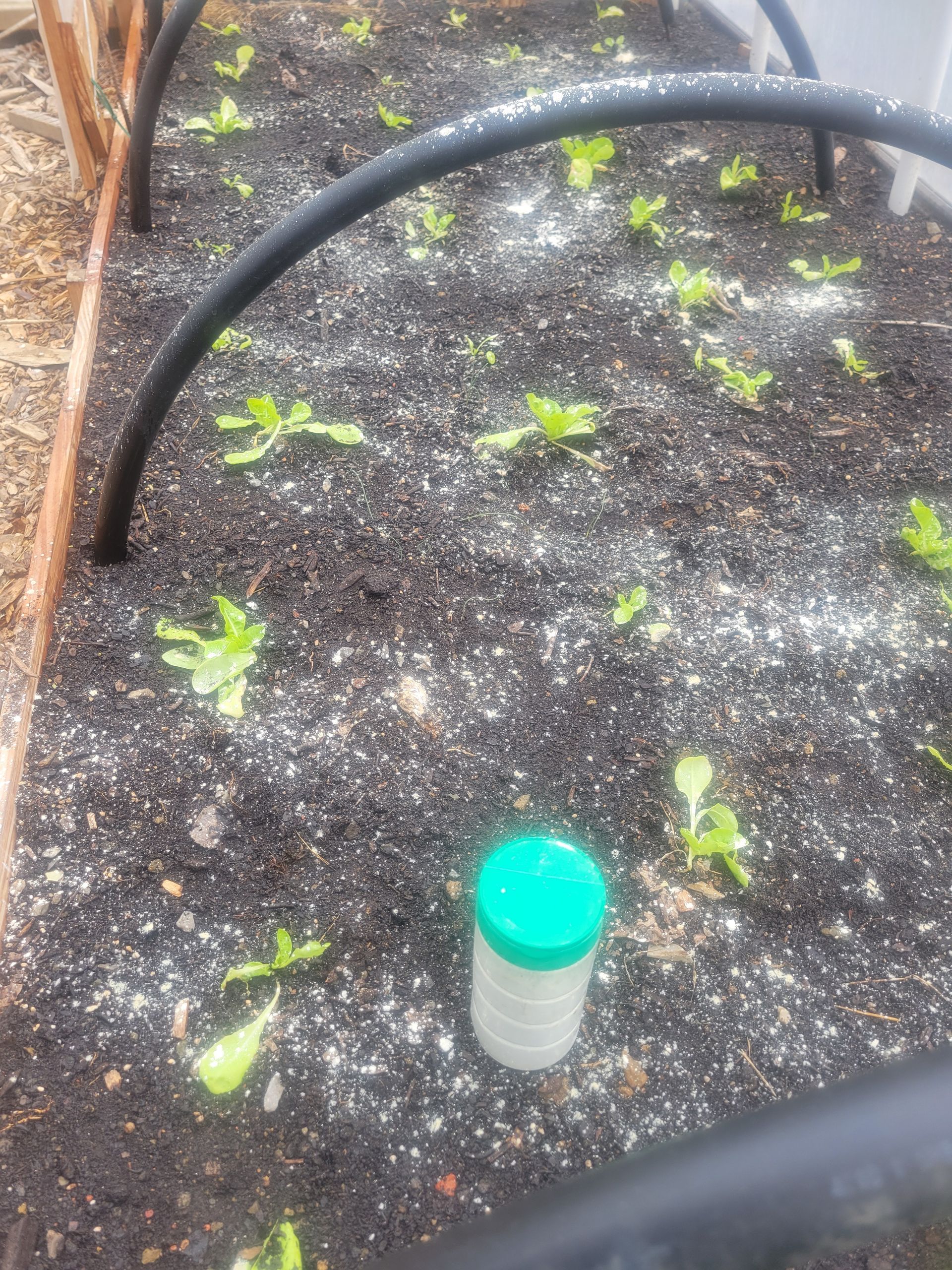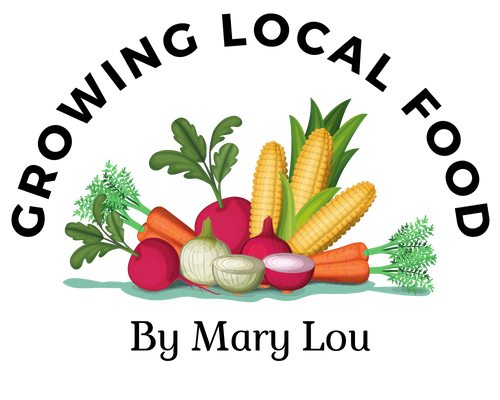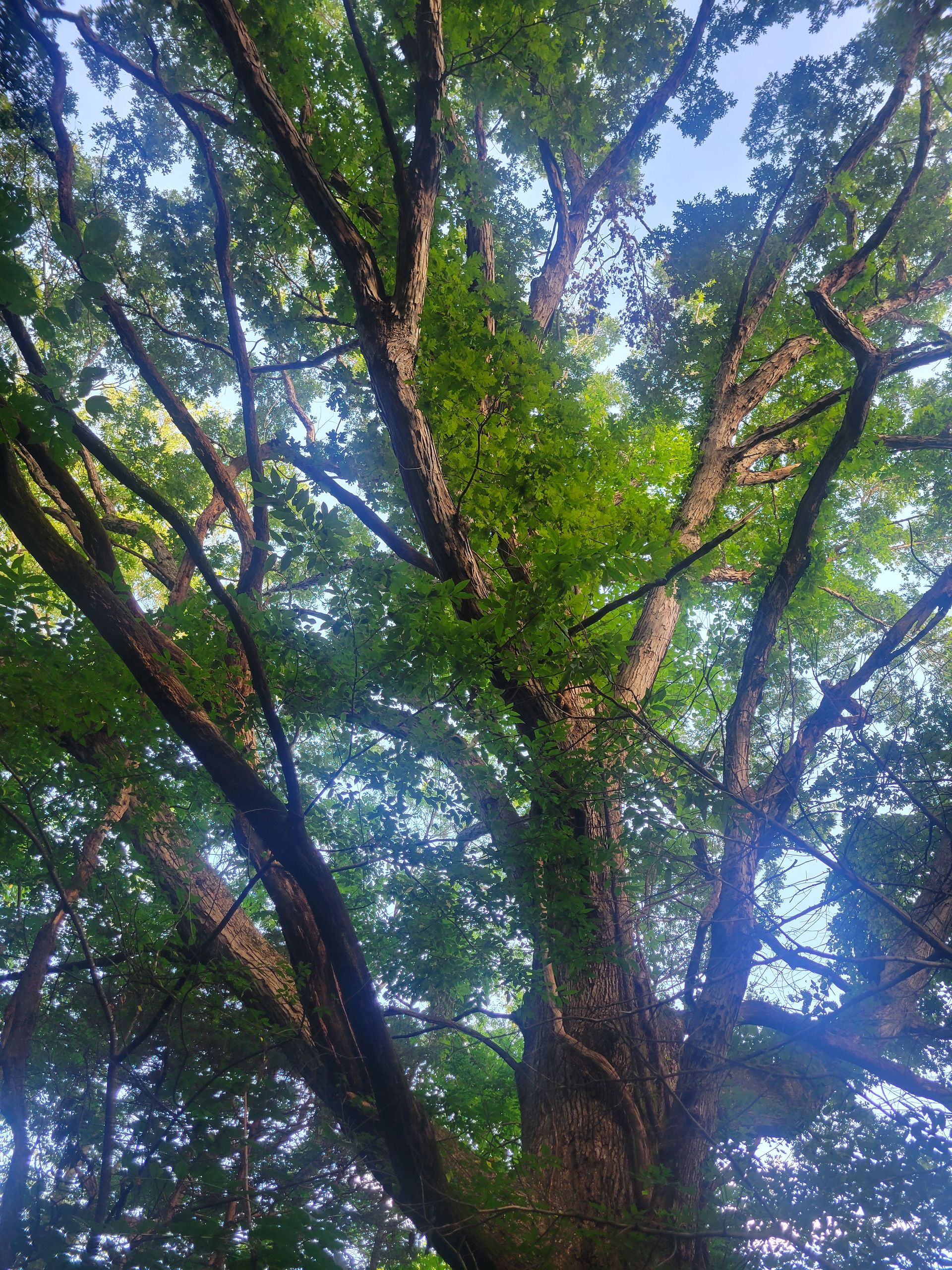Simple Actions to Protect our Planet, our Home
We can't have the world uninhabitable for other forms of life and have it habitable for ourselves.
Edwin Way Teale
I have fond memories of growing up in rural Minnesota with its endless options for all-seasons outdoor play. I bet that many of you also had “free reign” to roam the countryside with your dog or friends, as long as you made it home before dinner or dark. It was thrilling to startle a nesting killdeer on the way down to the lake, or to have a deer appear and a woodpecker scold when hiking through the woods.Those of you who share similar memories might agree that what we consider to be “normal” outdoors, is what we knew as children.
Our parents and grandparents certainly witnessed change from their childhoods to what their adult worlds had become. Perhaps many of today’s children, when adults, won’t even notice nature’s diminishment because of spending their youth staring at screens instead of being outdoors. But for those of us who grew up familiar with nature, we’re certainly aware that things have changed. As Jared Phillips said in the last issue; Where are the Bobwhites?
Unfortunately, it’s not that we adults are romanticizing our youths. There has been a huge decline of wildlife in the last several decades. Environmental and wildlife agencies report that North America alone has lost three billion birds in the last fifty years, that two-thirds of earth’s wildlife have disappeared, and that one million species face extinction. But I wouldn’t remind us of these facts if there wasn’t something we could be doing about it. Fortunately, Doug Tallamy, whom I wrote about when discussing oak trees, gives us many ways that we can make a positive difference. What he recommends doesn’t take piles of money, or necessarily lots of time and muscles, so let me share some of his ideas with you.
These ideas are mostly about what we can accomplish in our own environments. There simply isn’t enough land left on the planet to set aside for other-than-humans, as we humans continue to develop 800,000 acres of natural areas annually for our use. Therefore, the differences that we can make are mostly in our own yards, woods, and fields. This appeals to me not only because it’s convenient, but I can work on it in shorter time slots that suits my current energy levels.
There are three main areas that we can choose to work on: getting rid of grass for lawns, establishing plants that support native pollinators and wildlife, and gradually getting rid of invasive species of plants. When reading Tallamy’s books or watching his slide shows online, it’s obvious that he would like to begin by getting rid of all lawns made up of grass. As he tells us, grass has no value to any creature. When it’s maintained with chemicals and noisy riding lawnmowers, it’s worse than worthless. Furthermore, it doesn’t absorb rain water well, so precious water ends up in storm drains. But he adds that we will probably be keeping some lawn while gradually adding plants to attract pollinators and food sources for other creatures.
I like the idea of gradually converting our small lawn into pollinator plants and trees that will benefit local wildlife. Fortunately, the sites that I’ve listed at the end of this article make it easy for us to know what’s native to where we each live. But when I say “benefit wildlife,” it was not my intent to provide such delicious fare for deer when I proudly set out the sweet Joe Pie weed, Ohio spiderwort, and dense blazing star early last summer. I had begun these “pollinator perennials” months before from seed, and despite erecting barriers, they were eaten overnight. I’m consoling myself with the knowledge that even if we only succeeded in establishing more butterfly bushes, bee balm and milkweed, we’re at least a step ahead of where we were.
If adding more of the same plants isn’t sufficiently challenging next year, it might be fun to establish plants that are “specialists” for specific species. Plants, because they don’t want to be eaten, have developed chemicals to deter most animals (hopefully including deer). We’re familiar with the Monarch butterfly needing milkweed to nurture its caterpillars, even though this plant has poisonous “cardiac glycosides” which are toxic to most animals. So, if no plant appeals to every pollinator, it might be fun to see what “specialists” we can attract. For example, the bronzed cutworm moth uses only goldenrod, the dot-lined white moth requires the leaf litter of white oaks to exist, the evening primrose moth needs the evening primrose, and zebra swallowtails depend on pawpaw trees. It’s nature’s way that insects native to each area correspond to what plants are also native. So we’ve ordered some pawpaw trees “for the fun of it.” No reason not to make this project enjoyable.
The third part to saving wildlife, while we’re down-sizing our lawns and planting native species, is to keep working at getting rid of invasive plant species. That is not on my list of enjoyable projects, but the facts are pretty motivating. Invasive species diminish native wildlife by outcompeting native species of plants for sunlight, water, and nutrients. Examples of these invasive plants where we now live in NE Tennessee would be Japanese Honeysuckle, Garlic Mustard, Kudzu, Tree of Heaven, and Multiflora Rose. I’m finding that list a bit overwhelming on our largely wooded and untended acreage, and so I’m falling back to the “chipping away” method that I use these days for large projects. First I had to learn to identify the invasive plants, so I can now take along a small shovel and gloves on my daily walks for their removal. The other method would be to clip invasive plants at the base and then coat this base with undiluted Roundup. That’s the only time you’ll hear of me using Roundup! Obviously, I’m not a big threat to the many invasive species, but I’ll just keep chipping away.
The more we learn, the more we’ll find to do. We have a five acre, “old field” of mostly bluestem grass that we bush-hog every late winter. It has goldenrod, milkweed, passion flower, thistles, Queen Anne’s lace, and berries that attract many creatures including pollinators. Our goal is to keep this area from becoming forested, because woody plants create an environment where these flowering plants can’t exist. But we’ve learned that many of these plants’ stems contain insect eggs, many as “galls,” that won’t hatch until into the springtime. It’s discouraging to realize that our annual bush hogging is contributing to the problem of fewer insects. For now, we’ve resolved to alternate cut and uncut swaths each year to allow at least 50% of the insects to survive. Any other suggestions would be appreciated.
As we make our living spaces more inviting to other species, we still realize that it’s going to take a lot of us doing this to preserve the beauty of this planet for the next generations. Because our own survival is dependent on our success in saving species of both other animals and plants, we certainly hope our backyard efforts can be expanded. Our relatively small and disconnected homes that welcome other species cannot guarantee their survival, because isolated populations are more vulnerable to disease, extreme weather, and inbreeding. Even the National Parks are too small and isolated from each other to maintain large enough numbers of each species. The wonderful biologist and entomologist, E.O. Wilson, calculated that creatures other than humans need access to half the planet to survive. If he’s right, we have to motivate larger landowners to join this effort.
It seems logical that farmland would be the next place to look because agriculture already uses “about half of the world’s habitable land.” (According to the UN Food and Agriculture Organization). But how can farmers help save the planet without suffering financially? A good place to begin would be to reduce the use of insecticides and herbicides. This single act could help heal the soil and result in crops with a higher nutritional content, while also providing precious habitat for wildlife. In the “old days,” even the edges of fields grew milkweed, goldenrod, and wildflowers which supported many pollinators, birds, and mammals. Restoring these natural areas would make a huge difference to wildlife, with little inconvenience or lost profit for farmers. It’s fun to also imagine community groups, like 4-H or scouts, replacing the grassy roadsides along these fields with wildflowers.
What about our isolated yards that we’ve made welcoming for wildlife? These can also become part of “wildlife corridors” when neighbors include pollinator species in their yards. Sharing a plant or two might help a reluctant neighbor notice, and even delight, in nature being attracted to their yard. These corridors for wildlife can then be extended into towns and cities. Planting oak trees in parks and along sidewalks would be wonderful, and city parks can gradually become more supportive of wildlife through education and volunteer work. And wouldn’t it be delightful to see tall apartment buildings sporting potted pollinator plants on each balcony?
These may all seem like big and therefore difficult to achieve goals, but these goals must be met for not only “nature,” but for our own survival. I find it easier to keep motivated by gradually educating myself through Doug Tallamy’s writing and lectures. His online site has excellent slide shows and available printed information. You can find it online under, “Homegrown National Parks.” His two books, “How Can I Help?” and “Nature’s Best Hope” are also very helpful. They make for good winter reading while we anticipate the delight of having our yards welcome more native species of moths, butterflies, and birds.



